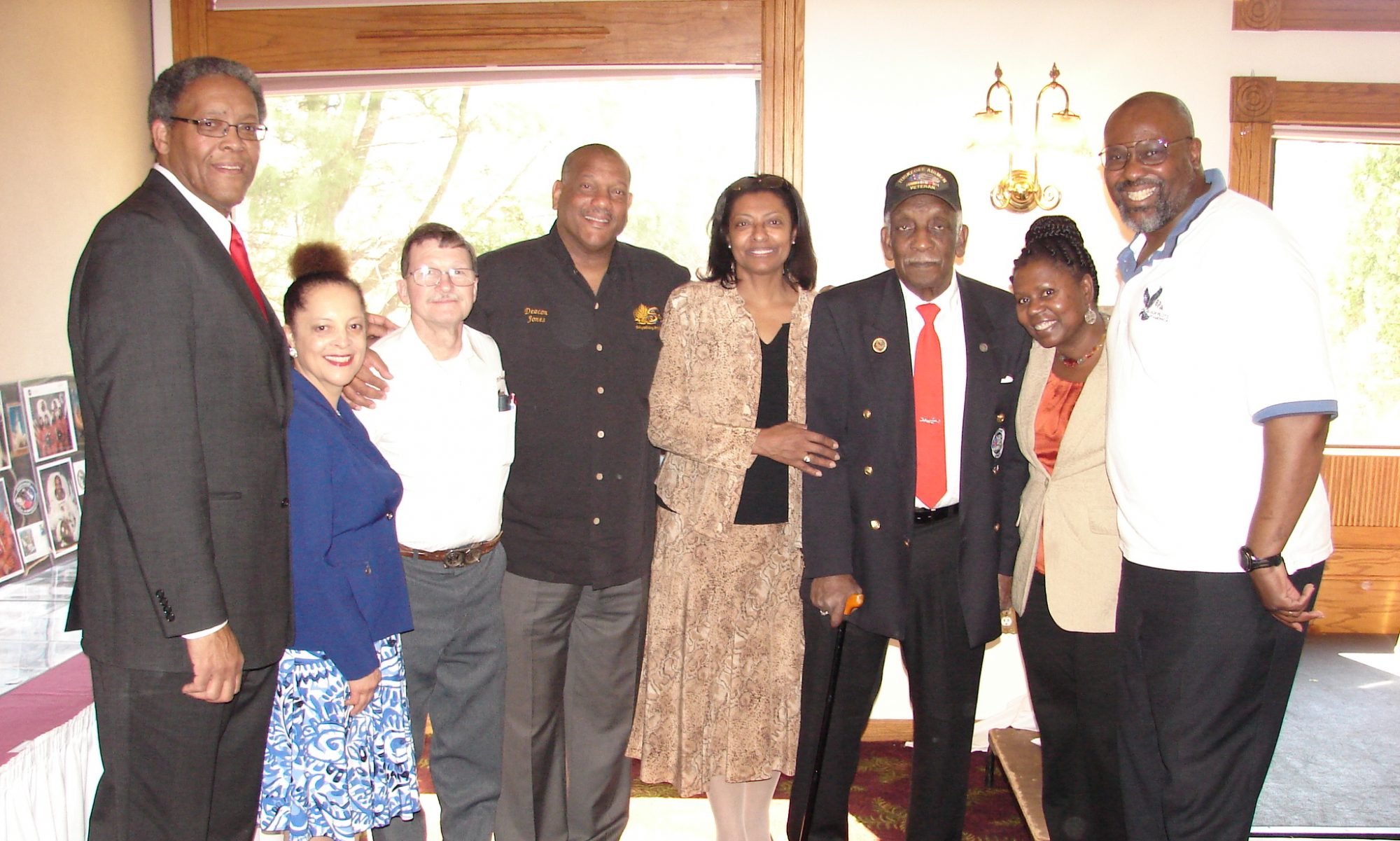So you’ve decided to pursue a pilot’s license, and the combination of a Sport Pilot License and a Light Sport Aircraft (LSA) sound like they could be a great place to begin – saving you time and money. Once you’ve read the requirements of the Sport Pilot License, you’ll need to know exactly what IS a Light Sport Aircraft?
By definition, a light sport aircraft, or LSA, must have:
- A max takeoff weight of 1320 lbs or less (1430 for water operations).
- A maximum airspeed (Vh) of 120 knots CAS (level flight, max continuous power, standard conditions).
- For a glider, a maximum never-exceed speed (Vne) of 120 knots or less.
- A Vs1 (stall speed without flaps) not more than 40 knots CAS (at max takeoff weight and most critical CG).
- Seating for no more than 2 people (including the pilot).
- A single, reciprocating engine.
- A fixed pitched propeller (or ground-adjustable). Powered gliders must have auto-feathering capability if equipped with an adjustable prop.
- For gyroplanes, a fixed-pitch, semi-rigid, teetering blade rotor system.
- A non-pressurized cabin.
- Fixed landing gear, except for aircraft operating on water and gliders, which may have fixed or retractable gear.
Light sport aircraft don’t have to be “standard” airplanes – they can be either standard or experimental aircraft and include gliders, gyroplanes, powered-parachutes, weight-shift control aircraft, hot-air balloons, and airships.
Further, Light Sport Aircraft are divided into four categories:
- Standard Category/Sport Pilot-Eligible: pre-existing aircraft that meet LSA requirements and can be flown by sport pilots.
- S-LSA: Special light sport aircraft are factory-built aircraft, specifically designed for the LSA standards. S-LSAs meet ASTM (American Society for Testing & Materials) consensus standards and are ready-to-fly when sold. They can be maintained by a standard A&P (Airframe & Powerplant) mechanic or a repairman with a FAA LSA maintenance rating.
- E-LSA: Experimental light sport aircraft that are often sold as kits, and can be built at home in accordance with the manufacturer’s manual and instructions. E-LSA manufacturers are also ASTM (American Society for Testing and Materials)-compliant.
- E-AB: Experimental amateur-built aircraft are not all also categorized as light sport aircraft. But a light sport aircraft can be classified as experimental amateur-built. E-AB aircraft are home-built aircraft, and if they meet the LSA design and performance requirements, can be flown by sport pilots. Since E-AB aircraft involve more extensive home-building than an E-LSA, the aircraft is restricted to personal use and cannot be used for flight training (with the exception of the aircraft owner himself) or for rental to persons NOT the aircraft owner.
Examples of light sport aircraft include the Cessna 162 Skycatcher (no longer being manufactured, but available used) and the Terrafugia Transition (two-seater flying car).
